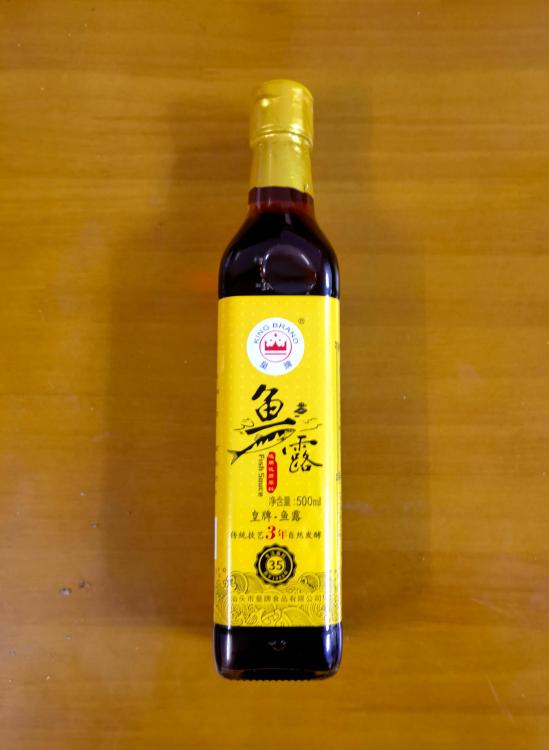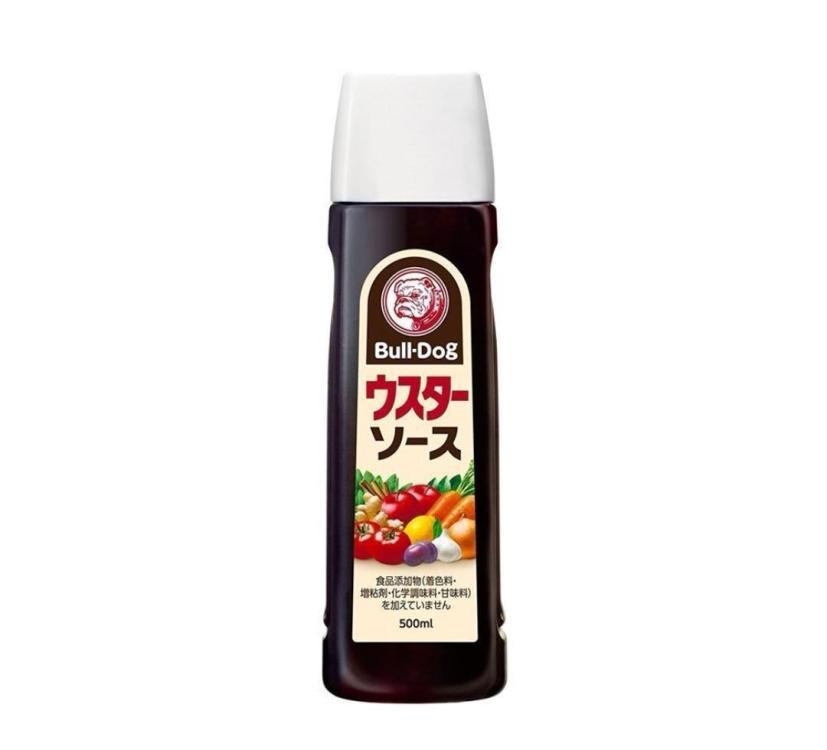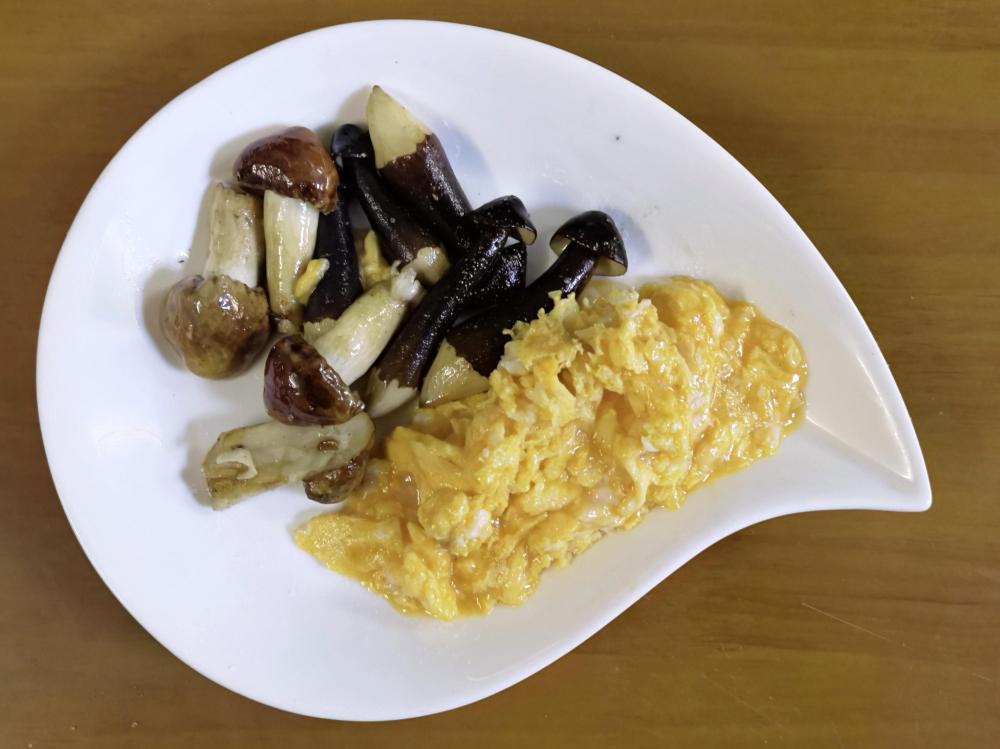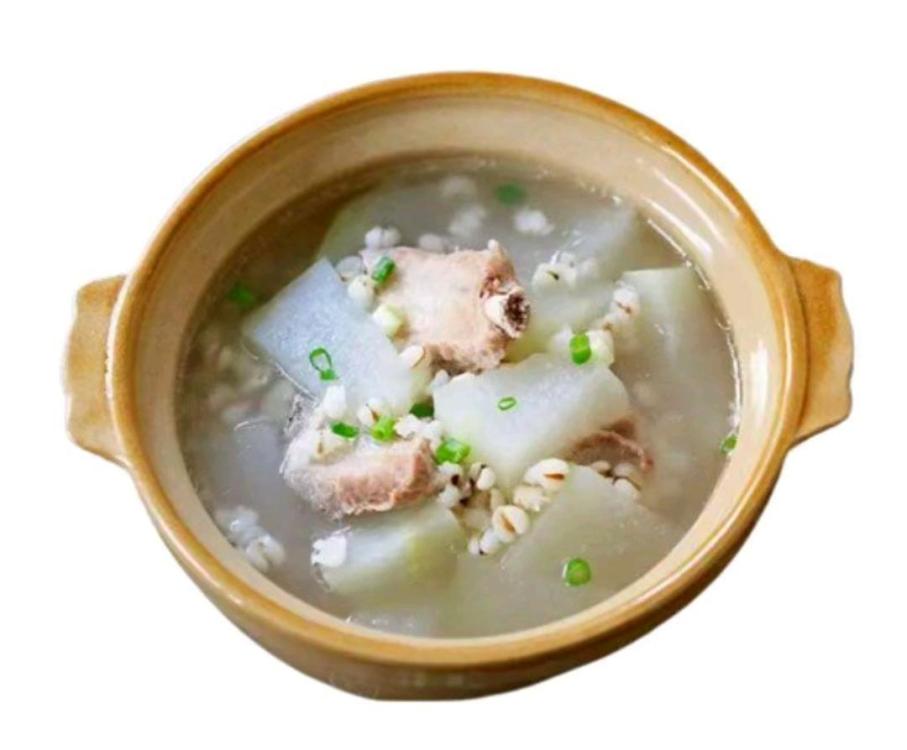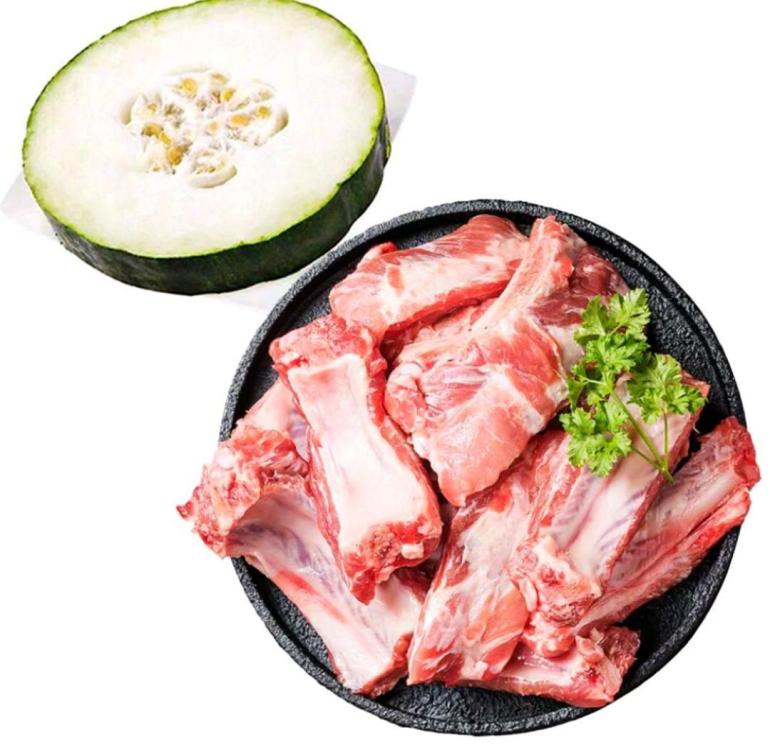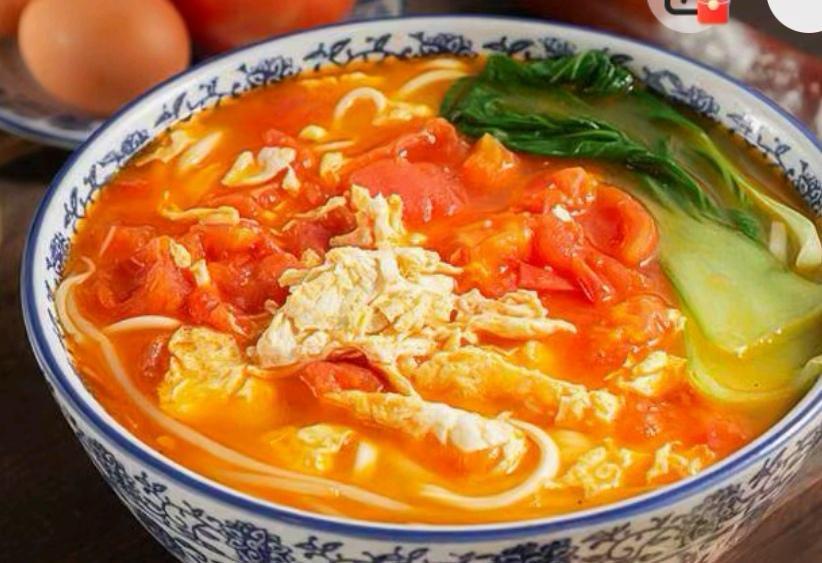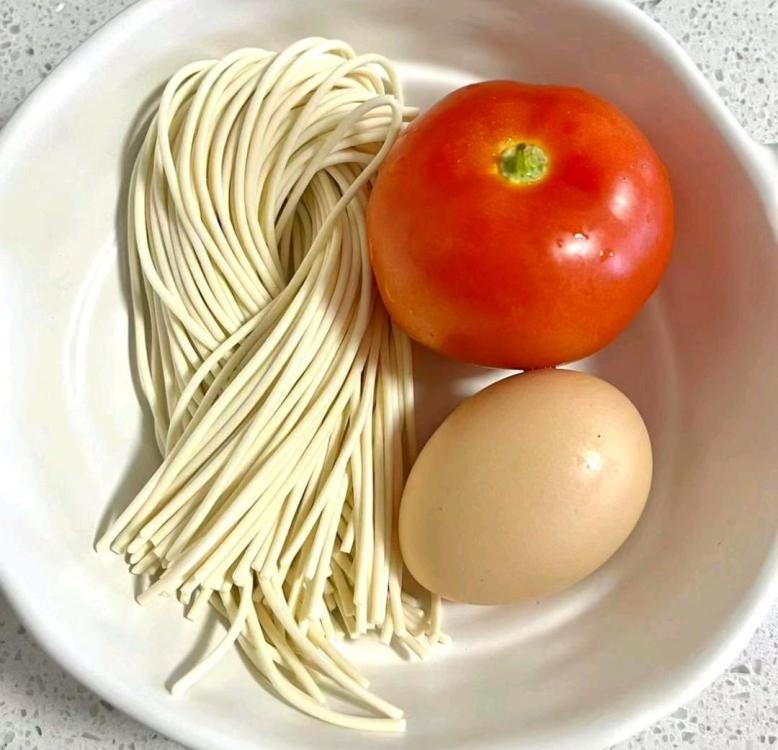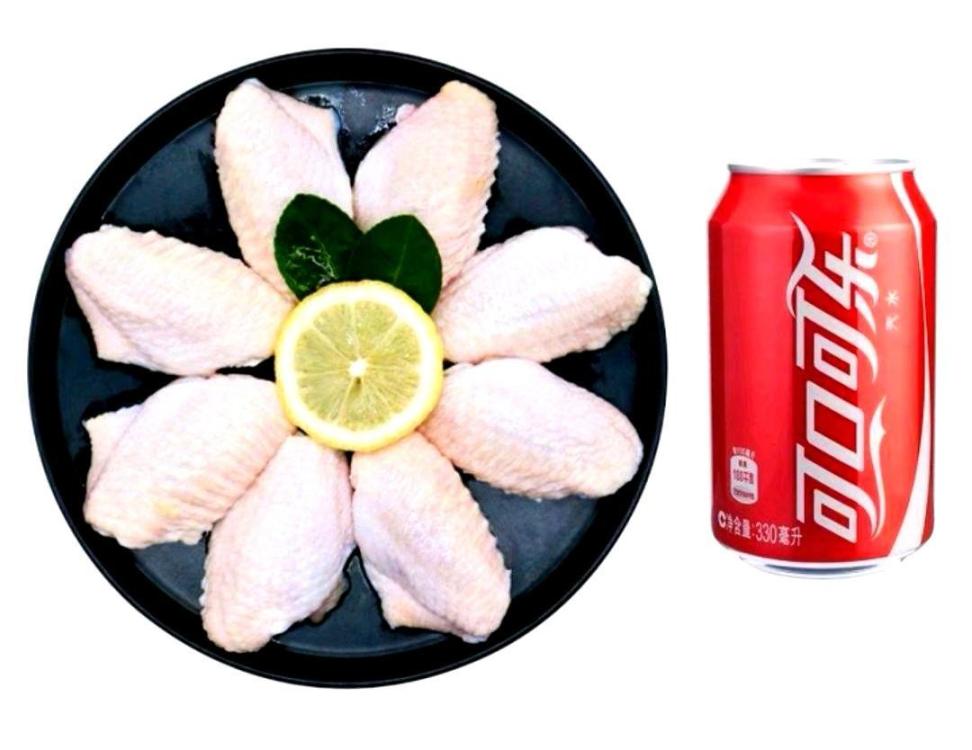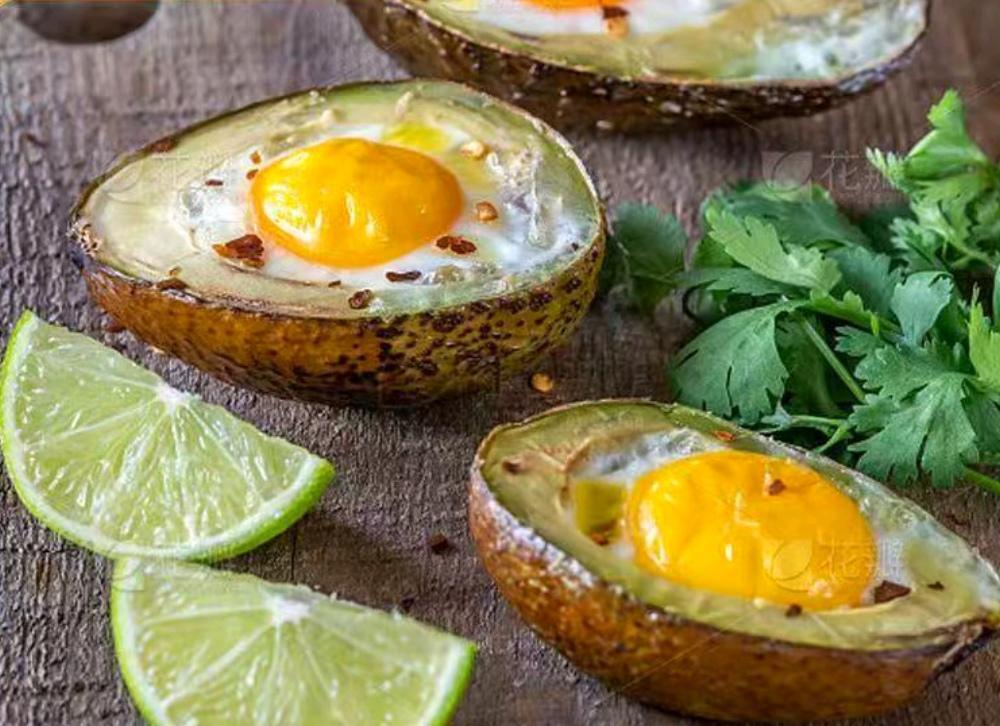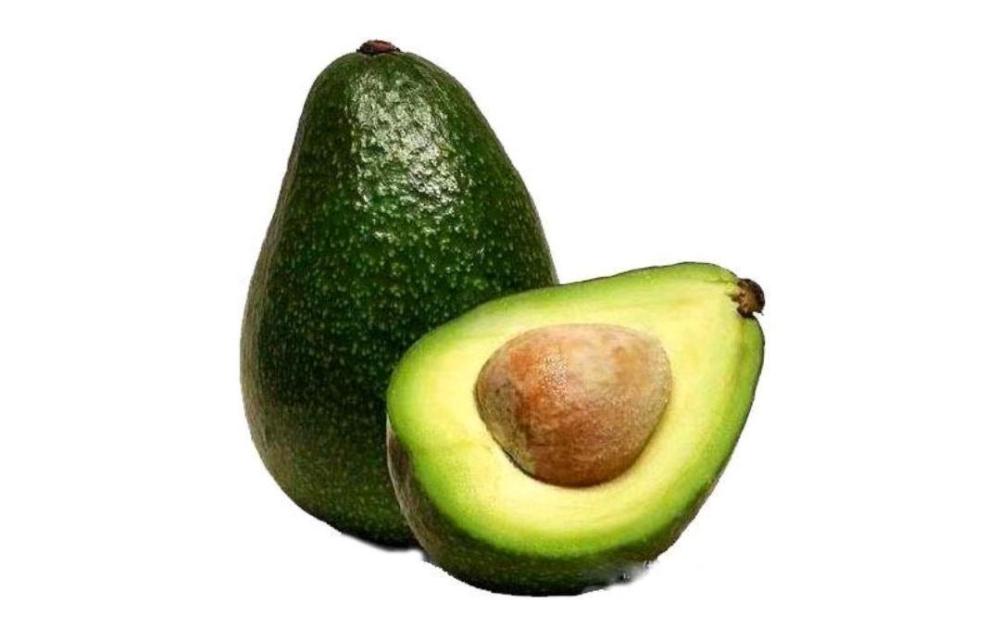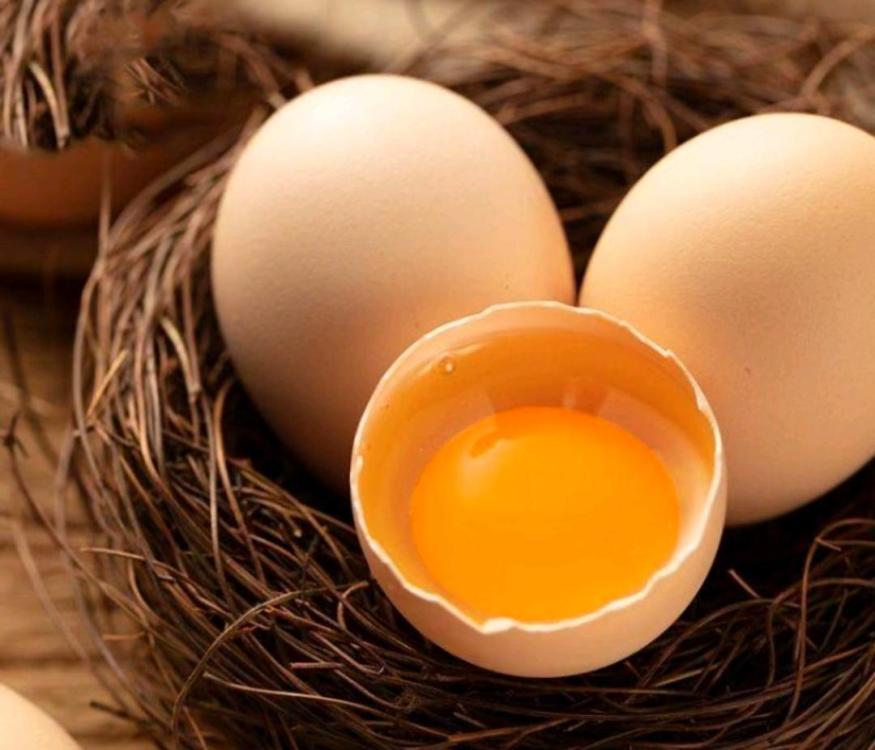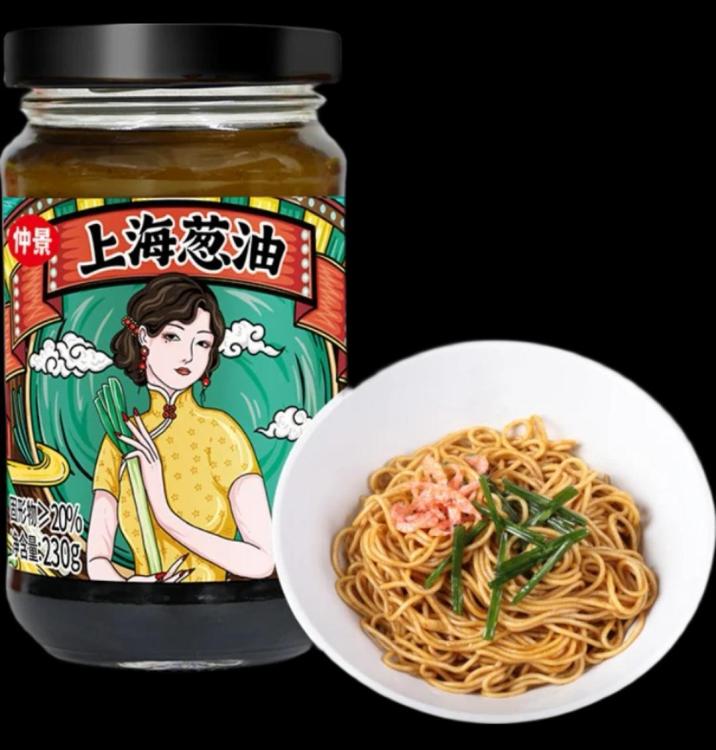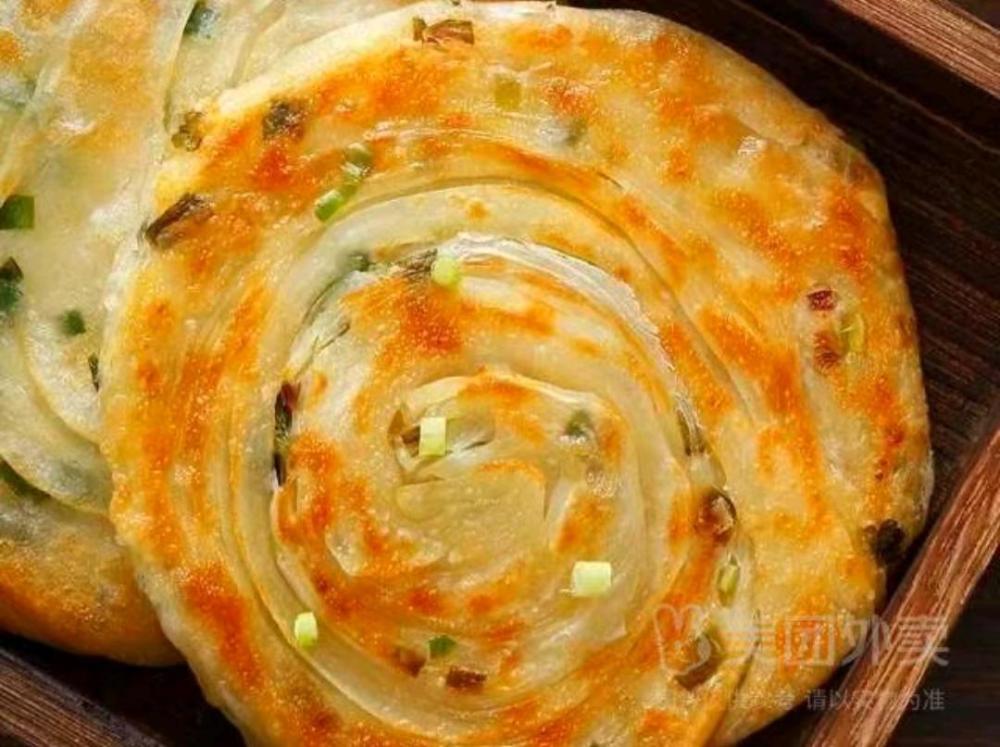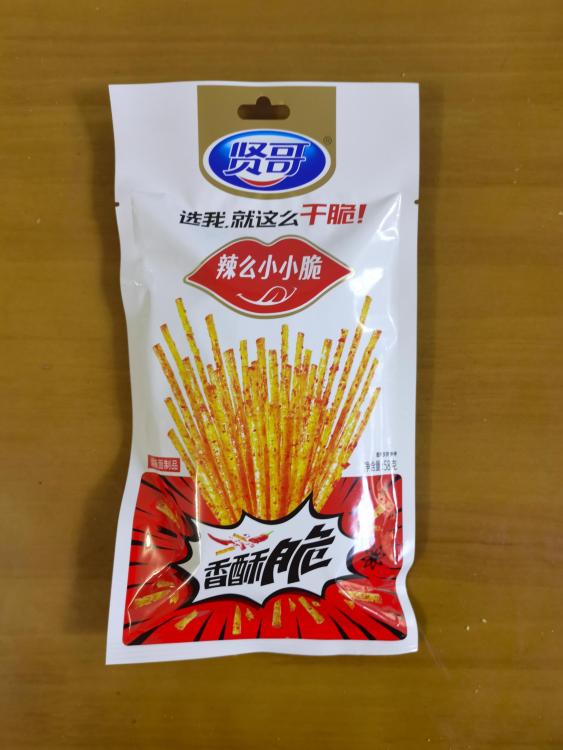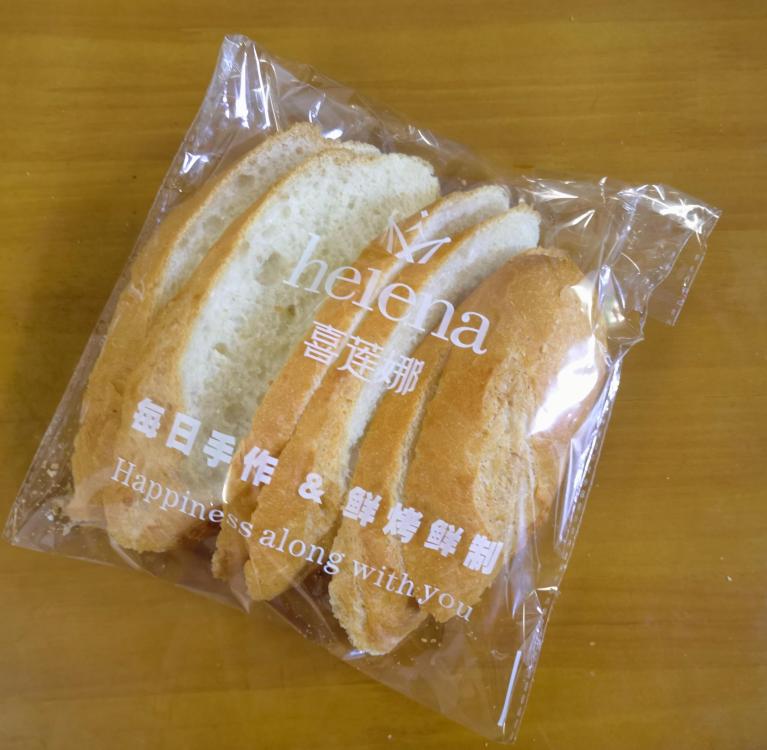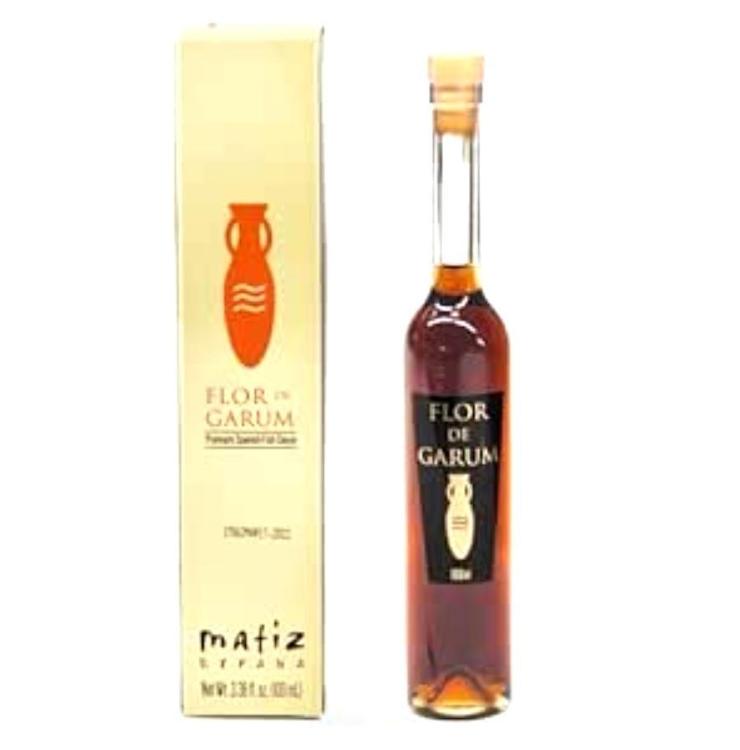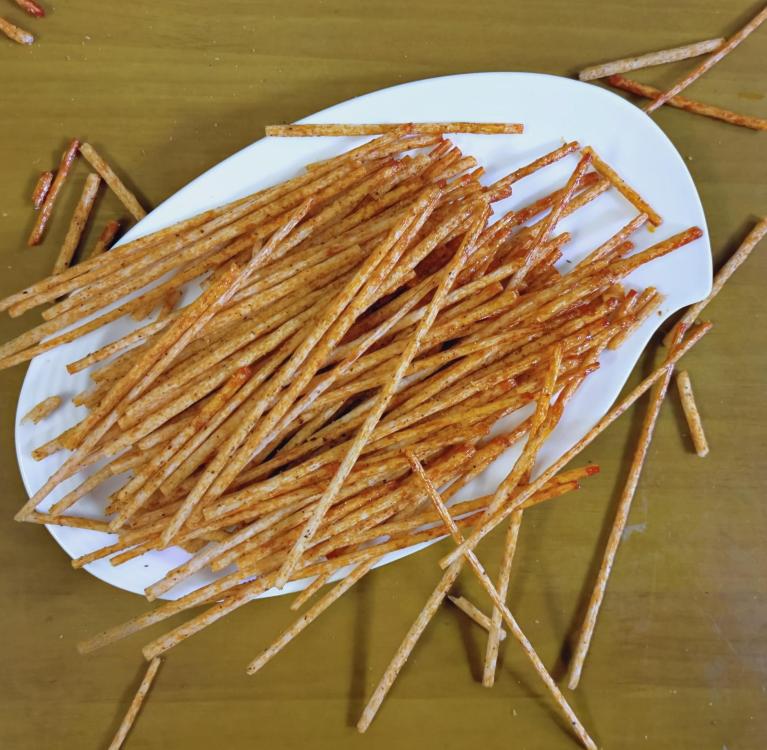-
Posts
16,679 -
Joined
-
Last visited
Content Type
Profiles
Forums
Store
Help Articles
Everything posted by liuzhou
-
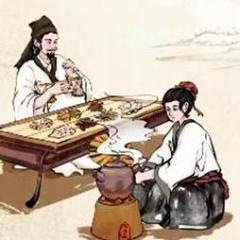
A pictorial guide to Chinese cooking ingredients
liuzhou replied to a topic in China: Cooking & Baking
Thanks for the clarification. The issue was on my mind as I have my beautiful Hunan Tujia ethnic minority friend staying for a few days. She lives in the US now but came back for CNY. She happened to mention the salt issue while perusing my extensive collection of Shaoxing wines. -
I'm not usually bothered by unusual food names. China, my adopted home, has many bizarrely named dishes - "ants climbing trees", "dogs won't eat them buns", "Buddha jumps the wall" etc. When I heard "stinky tofu" my reaction was "Great. Take me there and fill me up" "Maternal grandmother's fragrant fluttering bones" had me mildly concerned but I soon got over that despite my maternal grandmother having died in the 1960s and her bones now far from fragrant or flutteration. But mention the c-word in any food discussion and I'm out of there! Yellow grains of retch-inducing wretched negativity. Shouldn't ought to be allowed. In China, I had to give up relationships with other people. In Mandarin, the seeds of despair are known as 玉米 (yù mǐ), pronounced "you (and) me"!
-
When I first heard of Sloppy Joes (as a child), for some reason I formed the impression they were some sort of casual footwear popular in foreign parts of the American type. 70 years on, I'm still not convinced that I was wrong.
-
I finally got hold of some 潮汕鱼露 (cháo shàn yú lù), Chaoshan fish sauce (see above). Made in Shantou, the 'shan' part of Chaoshan, this is a three year fermentation sauce. It will no doubt turn up in my dinners soon!
-

A pictorial guide to Chinese cooking ingredients
liuzhou replied to a topic in China: Cooking & Baking
Looking on my grocery delivery app for something else, I spotted this which I've never seen before. The sparse description answered none of my questions, so I bought it. 11元 / $1.53. Worth a gamble. 白灼汁 (bái zhuó zhī) translates as 'white burning hot juice' whatever that means. Fortunately, food labelling laws force them to tell me it contains in order: cooking wine, msg, chicken bouillon powder, water, soy sauce, maltose, granulated sugar, salt and potassium sorbate. So, a premixed cooking sauce. Odd. I'll have a taste later and decide whether to use it or donate it to the drainage system. It certainly sounds even worse than the salt adulterated Shaoxing the Americans among you have to suffer, but we have unadulterated Shaoxing to compensate. -
Japan also makes its own very popular version of Worcestershire sauce. Apparently they started in the 1920s with a company replicating L and P's sauce and selling it as ウスターソース under the Bulldog brand. The original is also widely available.
-
Is that Lizano you are referring to when you mention Costa Rican clones?
-
Not in the least.
-
Scrambled duck eggs with mushrooms. 黑皮鸡枞菌 (hēi pí jī cōng jūn), 'black skin chicken fir mushrooms', Oudemansiella Raphanipes. 松茸菌 (sōng róng jùn), (Japanese: マツタケ), matsutake, Tricholoma matsutake.
-
Does an English breakfast make men more attractive? https://www.itv.com/news/2024-03-07/does-an-english-breakfast-make-men-more-attractive I have rarely read such semi-literate garbage in my life. The UK's ITV (Independent Television) site almost guarantees typos and tortuous sentence structures in every story but even ignoring that, this is patent nonsense. Must have been a slow news day.
-

A pictorial guide to Chinese cooking ingredients
liuzhou replied to a topic in China: Cooking & Baking
The locals call this S: 排骨冬瓜汤; T: 排骨冬瓜湯 (pái gǔ dōng guā tāng). I call this 'hospital soup'. During my four hospital stays last year, it was the only soup served. No doubt for its seasoning-free restorative attributes. I am talking about pork rib (排骨) and winter melon (冬瓜) soup (汤). In summer months the used pumpkin (南瓜 - nán guā). Now, if I take leave of my senses and start missing hospital food, I can replicate the experience in the comfort of my own home for a mere 21.90元 / $3.50. 300 grams of ribs, 500 g melon and the usual 100g of scallion, ginger garlic wings its way. Ain't gonna happen. -

A pictorial guide to Chinese cooking ingredients
liuzhou replied to a topic in China: Cooking & Baking
Every Chinese kid over the age of two knows how to make scrambled eggs with tomato, or so it appears. The combo ingredients people are on to this but with a twist. They are selling the ingredients for 番茄鸡蛋面 (fān qié jī dàn miàn), egg and tomato noodles. One tomato, two eggs, two scallions and 150g of dried noodles - 6.90元 / $0.96. Just add water! -

A pictorial guide to Chinese cooking ingredients
liuzhou replied to a topic in China: Cooking & Baking
The second ingredients for specific dish combo is one I find to be strangely popular. I'm told it originated in Hong Kong before travelling to the mainland. Coca-Cola Chicken Wings. For 22.90元 / $3.19 including delivery, you get 300 grams of wings and a standard 330 ml can of Coke plus 100 grams of mixed chopped scallions, garlic and ginger. This is one of the most expensive of these dish ingredient selections. I've never eaten it, so won't judge. Comes with a recipe leaflet. There are recipes all over the internet in English so I wont bother translating this. Like most Chinese recipes, it is of the 'add the appropriate amount and cook until cooked' type. -

A pictorial guide to Chinese cooking ingredients
liuzhou replied to a topic in China: Cooking & Baking
I think I've mentioned before that the local markets will sell you one egg or a tomato if that's all you want or need. The local delivery people are now offering the ingredients for one serving of various dishes. For example, you may fancy an avocado baked egg for lunch. For 13.9元 / $1.79 USD (including 1元 / 14 cents delivery charge), they'll deliver you one avo and two eggs to the door. Recipe is included. ; The only problem is there's a 20元 / $2.78 minimum charge so you have to order two or add something else. Maybe another dish for tomorrow breakfast. Most of them have bottles of drinking water I'm sure they only stock to make up charges. I'll mention some of the more interesting dishes and ingredients over the next few days. There is the assumption that you'll have some staple pantry items - oil, soy sauce etc. -
Colatura di Alici may sound cool and glamorous but when you learn the literal meaning of the Italian some of that disappears. It's literally 'leakage from anchovies', often rendered in English as 'anchovy dripping'. In the town of Cetera on Italy's Amalfi Coast , gutted and filleted alici (anchovies) are mixed with sale (salt) and left to ferment in small wooden barrels called terzigni for up to three years. When it is deemed to be ready, holes are drilled in the barrels and the liquid drained through the fermented fish residue, further flavouring the sauce. It is then filtered, bottled and sold for a high price in specialist Italian stores. The locals make a big deal of it being the reincarnation of garum, but there is little to actually back that up. Marketing. That said, it is undoubtedly a very fine fish sauce. The lower salt content (as low as 10% to 90% fish) means a more powerful umami flavour. It should be used sparingly which helps offset the high cost. It isn't usually used for cooking, but more as a condiment added to vegetables, fish or pasta.
-

A pictorial guide to Chinese cooking ingredients
liuzhou replied to a topic in China: Cooking & Baking
This I buy but am out of it at the moment. I must remedy that. S: 上海葱油; T: 上海蔥油 (shàng hǎI cōng yóu), scallion oil is very traditional in that city but also popular across China. Used in a simple noodle dish available everywhere - a Chinese answer to the Italian pasta 'aglio e olio'? Also used in pancakes and as a dip. Me likes. Images from their advertising on Meituan food delivery app. -
Just noticed this on the packaging. In the red lips the last character is 脆 (cuì) which means 'crispy'. The whole white lettering reads 'spicy small crispy'. They were spicy; not crispy.
-
... forget to tick the 'don't cut' box when I order baguettes for delivery. The '不切' box is for 'don't cut' but the app defaults to '帮切' meaning 'help cut'. Who the heck cuts baguettes like this? How can I make bánh mì with these? Sad.
-
So, they have lobster on non-lobster nights, too?
-
The one little piece I tried wasn't particularly crunchy but I got the impression it was meant to be but was stale. I was expecting them to be more chewy/flexible, yes.
-
Here are the two relevant to garum chapters of The Natural History from Pliny the Elder. John Bostock, M.D., F.R.S. H.T. Riley, Esq., B.A. London. Taylor and Francis, Red Lion Court, Fleet Street. 1855 This work is licensed under a Creative Commons Attribution-ShareAlike 3.0 United States License. The full Natural History, complete with footnotes and references can be found here: https://www.perseus.tufts.edu/hopper/text?doc=Perseus%3Atext%3A1999.02.0137%3Abook%3D1%3Achapter%3Ddedication 43.—GARUM: FIFTEEN REMEDIES. Another liquid, too, of a very exquisite nature, is that known as "garuim:" it is prepared from the intestines of fish and various parts which would otherwise be thrown away, macerated in salt; so that it is, in fact, the result of their putrefaction. Garum was formerly prepared from a fish, called "garos" by the Greeks; who assert, also, that a fumigation made with its head has the effect of bringing away the afterbirth. At the present day, however, the most esteemed kind of garum is that prepared from the scomber, in the fisheries of Carthago Spartaria: it is known as "garumn of the allies," and for a couple of congii we have to pay but little less than one thousand sesterces. Indeed, there is no liquid hardly, with the exception of the unguents, that has sold at higher prices of late; so much so, that the nations which produce it have become quite ennobled thereby. There are fisheries, too, of the scomber on the coasts of Mauretania and at Carteia in Bætica, near the Straits which lie at the entrance to the Ocean; this being the only use that is made of the fish. For the production of garum, Clazomenæ is also famed, Pompeii, too, and Leptis; while for their muria, Antipolis, Thurii, and of late, Dalmatia, enjoy a high reputation. 44.—ALEX: EIGHT REMEDIES. Alex, which is the refuse of garum, properly consists of the dregs of it, when imperfectly strained: but of late they have begun to prepare it separately, from a small fish that is otherwise good for nothing, the apua of the Latins, or aphua of the Greeks, so called from the fact of its being engendered from rain. The people of Forum Julii make their garum from a fish to which they give the name of "lupus." In process of time, alex has become quite an object of luxury, and the various kinds that are now made are infinite in number. The same, too, with garum, which is now prepared in imitation of the colour of old honied wine, and so pleasantly flavoured as to admit of being taken as a drink. Another kind, again, is dedicated to those superstitious observances which enjoin strict chastity, and that prepared from fish without scales, to the sacred rites of the Jews. In the same way, too, alex has come to be manufactured from oysters, sea-urchins, sea-nettles, cammari, and the liver of the surmullet; and a thousand different methods have been devised of late for ensuring the putrefaction of salt in such a way as to secure the flavours most relished by the palate. Thus much, by the way, with reference to the tastes of the present day; though at the same time, it must be remembered, these substances are by no means without their uses in medicine. Alex, for instance, is curative of scab in sheep, incisions being made in the skin, and the liquor poured therein. It is useful, also, for the cure of wounds inflicted by dogs or by the sea-dragon, the application being made with lint. Recent burns, too, are healed by the agency of garum, due care being taken to apply it without mentioning it by name. It is useful, too, for bites inflicted by dogs, and for that of the crocodile in particular; as also for the treatment of serpiginous or sordid ulcers. For ulcerations, and painful affections of the mouth and ears, it is a marvellously useful remedy. Muria, also, as well as the salsugo which we have mentioned, has certain astringent, mordent, and discussive properties, and is highly useful for the cure of dysentery, even when ulceration has attacked the intestines. Injections are also made of it for sciatica, and for cœliac fluxes of an inveterate nature. In spots which lie at a distance in the interior, it is used as a fo- mentation, by way of substitute for sea-water.
-
Pliny the Elder - PD Pliny the Elder (23-79 CE) is best known for his Natural History, an encyclopedia diplomatically described by Encyclopedia Brittanica as being "of uneven accuracy". His name comes up in most accounts of garum as he was one of the first to describe it, saying "Another liquid, too, of a very exquisite nature, is that known as "garuim:" it is prepared from the intestines of fish and various parts which would otherwise be thrown away, macerated in salt; so that it is, in fact, the result of their putrefaction. Garum was formerly prepared from a fish, called "garos" by the Greeks..." What these accounts choose not to mention is that he was in fact writing a fantastical 'medical' treatise which makes TCM look sensible. Among other ailments, he recommended garum for 'bringing away the afterbirth' and praised its efficacious effects in the treatment of crocodile bites. To say he was an unreliable witness would be generous. Garum's medical properties' reputation survived long after its culinary use was all but lost. A 1607 English document reads "Cure it by laying two linnen clothes, or by a pinte of the best Garum, and a pound of Oyle infused into the left nostril of the Mule." More usefully, he mentions several places involved in the production of garum in Italy but also further away in the Empire, including Spain, which was considered to produce some of the highest quality garum, capable of attracting huge prices. In recent years, attempts have started to revive the industry. Spanish company Matiz of Andalusia is producing Flor de Garum (literally Flower of Garum), a premium fish sauce they claim to be made to a 3rd century recipe discovered in an unidentified European abbey. Made using anchovies and salt it is also spiced. It, like ancient garum, is less heavily salted (15% salt to fish compared with up to 50% in Asian sauces). This results in a finer, more complex flavour while retaining its umami. It is recommended for "in salad dressings, marinades, pasta dishes, or add a splash to finished dishes". It can also be incorporated in dips with garlic, vinegar and chilli. Available through Amazon and elsewhere.
-
Here is another version in straw form. Almost the same ingredients. They smell awful and the one broken bit I tasted lived down to the promise of the smell. And they tasted stale. Truly revolting.
-
Whether you buy into the theory that the Romans brought fish sauce to Asia along the Silk Road or you prefer the alternative, that it was invented independently, there is no denying the importance fish and fish sauces had in the Roman Empire and therefore Europe. It is certain that the Greeks introduced garos to the Romans who Latinised it into garum. The problem is that no one is entirely sure what garum was. Later, the Romans started talking about a fish sauce they called liquamen. Was this simply garum renamed and if so, why? And what was haimation? The famous 4th century CE cookbook referred to as Apicius includes numerous dishes using liquamen but only mentions garum in passing. Garum then disappeared in the 5th century, to be followed by liquamen soon after, coinciding almost with the fall of the Empire. There is a detailed account of the historical and linguistic confusion and uncertainties here. https://link.springer.com/article/10.1007/s11457-018-9211-5 Well worth a read if you are at all interested. I'll be looking into European fish sauces next, when I have time and the current eG access problem is resolved. But I won't be starting in Italy.
-
I managed to photograph the ingredients list on a packet of these this morning. Are you ready? Ingredients : wheat flour, drinking water, vegetable oi, edible salt, sugar, irradiated spice, irradiated chili powder, food additives (sodium glutamate, Glyceryl monostearate, cyclamate, 5'- flavor nucleotides disodium, Sucralose, neotame, tert-butylhydroquinone, compound leavening agent (disodium dihydrogen pyrophosphate, sodium bicarbonate, monocalcium phosphate, calcium carbonate), curcuma longa, monascus red, capsicum red), food flavor. That is 'food flavor'; not food.




